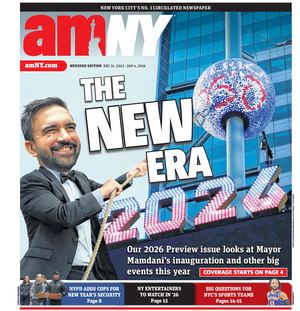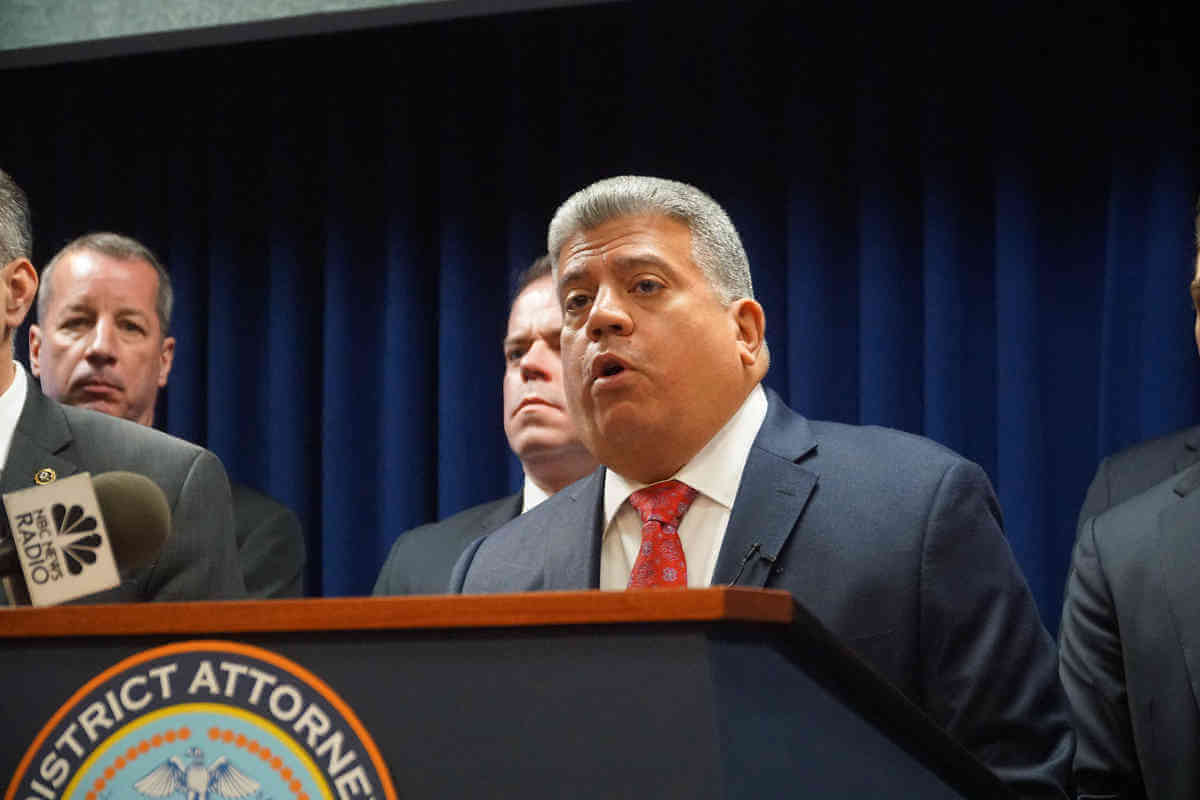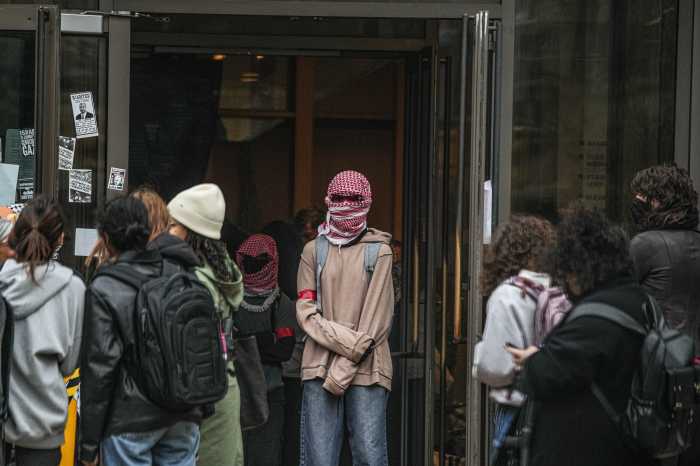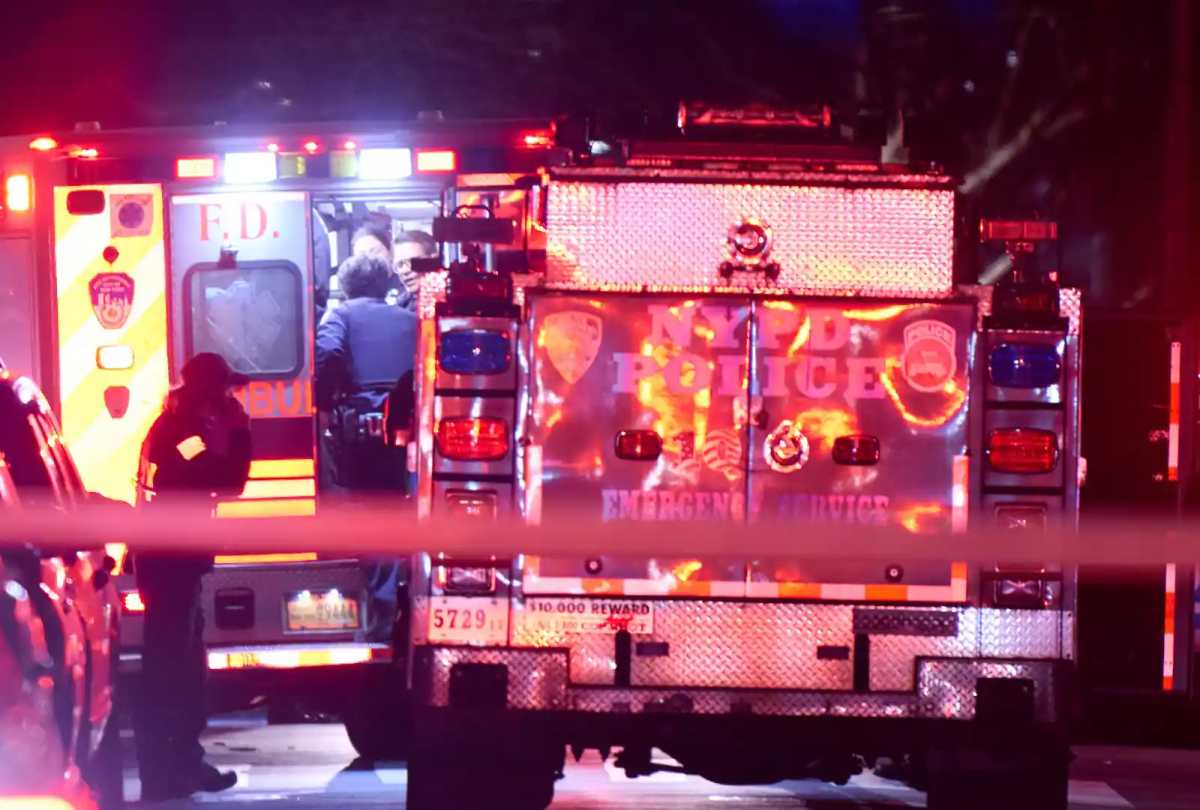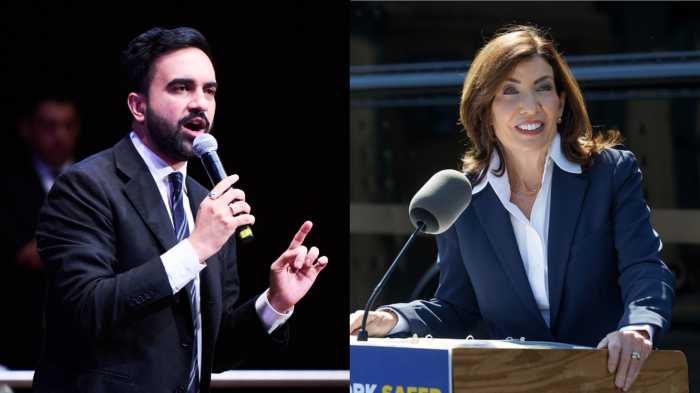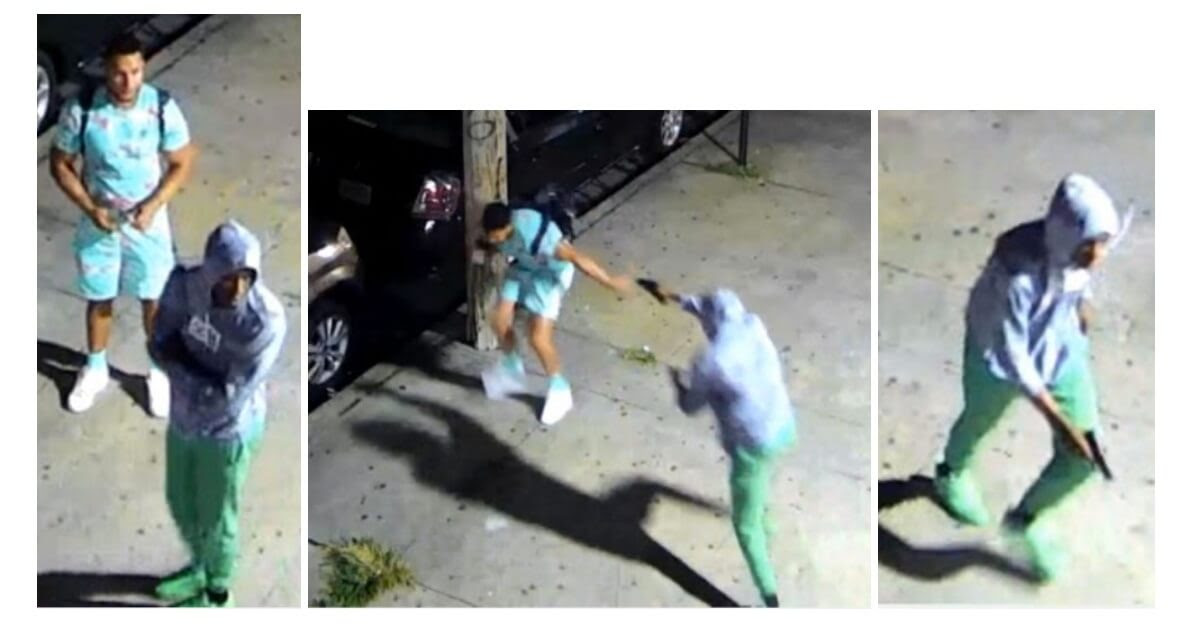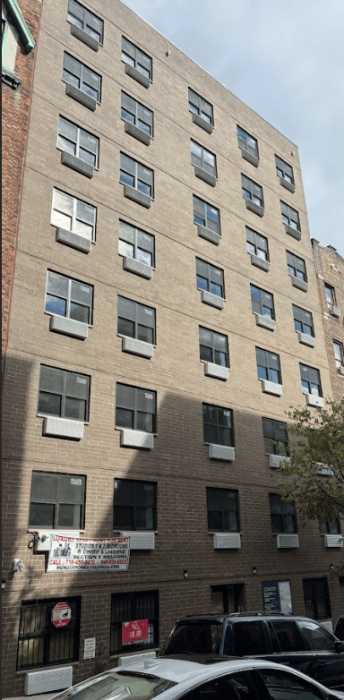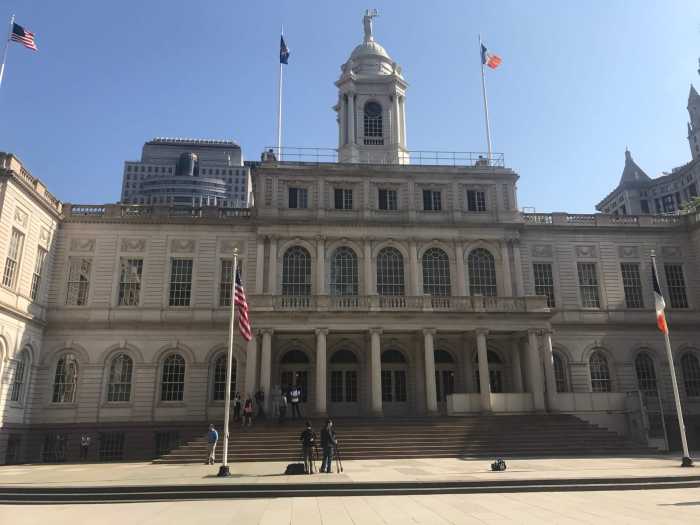
The city announced Tuesday it has tapped the firm operating the Red Hook container terminal to steer the largely unused South Brooklyn Marine Terminal toward more prosperous times.
The company, eponymously named Red Hook Container Terminal, and Industry City, which operates a nearby retail and manufacturing hub, are expected to sign a roughly 35-year lease with the city’s Economic Development Corporation.
Under that agreement, the partners will pay $4 million annually to lease 64.5 acres of the 88-acre hub officials are now calling the Sustainable South Brooklyn Marine Terminal. Their rent bills are slated to increase between 2 and 3 percent annually. And depending on how successful the turnaround is, the city will annually receive between 10 and 30 percent of the terminal operators’ earnings, the EDC said.
“New York City’s working waterfront has long been a source of economic vitality, fueling industries and good-paying careers for over a century. Sustainable South Brooklyn Marine Terminal will build on that legacy,” the EDC’s president, James Patchett, said in a statement.
At the moment just 19 acres of the site are used, with Sims Recycling operating a plant there and lumber and construction project staging underway, the EDC said.
Some parts of the terminal are in good condition because of the $115 million the city has recently spent upgrading it. Modernizing the rest of the terminal will likely take another two or three years, according to Red Hook Container Terminal’s president Mike Stamatis.
Stamatis said there is demand for terminals that can receive materials for large construction projects, such as the Oculus or an observation wheel planned in Staten Island. Beyond that, he said the terminal will allow goods to be transported by barge across the New York Harbor, rather than by truck, and carried elsewhere by rail, which would make it the only rail-connected port in Brooklyn, Queens and Long Island capable of handling large, ocean-faring vessels. The EDC estimates the terminal will handle more than 900,000 metric tons of material annually.
“Congestion is a growing problem. There’re new regulations concerning operating trucks; electronic logs, for example, that reduce the amount of hours drivers are allowed to operate. So it’s only becoming more time-consuming and more expensive moving goods in and out of the city by truck, and there needs to be a freight mobility plan that includes moving freight and goods in and out of the city by water,” Stamatis said. “That’s why it’s so important that we’re now able to reactivate it, and fully realize it’s potential.”
Nonetheless, there are no immediate plans for transforming the hub into a so-called deep-water port, which can handle larger container ships and other vessels that need at least 40-feet of water depth, according to Stamatis.
Some elected officials would like to transition the South Brooklyn Marine Terminal into a deep-water port. And Gov. Andrew Cuomo previously pitched the idea of moving the Red Hook Container Terminal’s operations into an expanded South Brooklyn Marine Terminal, which could free up the Red Hook waterfront coveted by developers.
City Councilman Carlos Menchaca, who represents Sunset Park, previously blocked plans to revive the terminal, and worked to ensure the new lease restricted the site to maritime-dependent occupants and was crafted with more input from the community. He and the EDC touted that the agreement came with commitments to train Brooklynites for new jobs.
“This isn’t just about jobs, this is about the resiliency of a city that has been impacted by things like weather-specific crises like Sandy and needed its ports to bring in resources like food and fuel,” Menchaca said. “Red Hook played a huge role in that, and they now have experience that we’re bringing to Sunset Park to ensure that we can barge goods if we need them in an emergency.”
